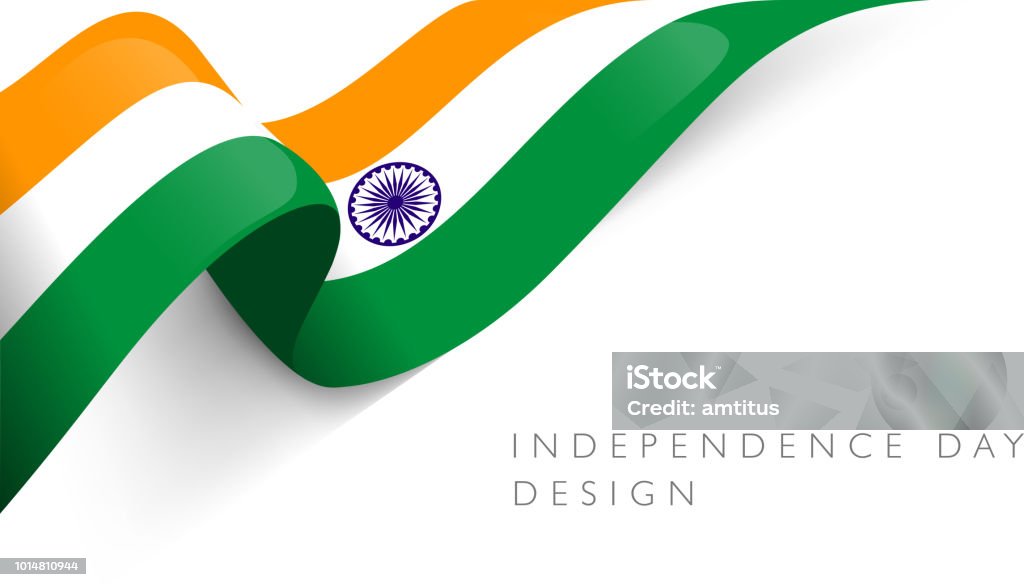About India
India is a vast and diverse country located in South Asia, known for its rich history, cultural diversity, and significant global influence. It is the seventh-largest country by land area and the second-most populous country in the world, with over 1.4 billion people. India shares borders with Pakistan to the northwest, China and Nepal to the north, Bhutan to the northeast, and Bangladesh and Myanmar to the east. It also has a long coastline along the Indian Ocean, with the Arabian Sea to the west and the Bay of Bengal to the east.
Key Facts:
Official Name: Republic of India
Capital: New Delhi
Largest City: Mumbai
Official Languages: Hindi and English (there are 22 recognized languages, including Bengali, Telugu, Marathi, Tamil, and Urdu)
Currency: Indian Rupee (INR)
Government: Federal parliamentary democratic republic
Area: 3.287 million square kilometers
Population: Over 1.4 billion people
History:
India has one of the world’s oldest civilizations, with a history that dates back over 5,000 years. The Indus Valley Civilization, followed by the Vedic period, laid the foundation for much of Indian culture and society. India has been influenced by a series of invasions and empires, including the Maurya and Gupta Empires, the Mughal Empire, and British colonization.
India gained independence from British rule on August 15, 1947, following a non-violent movement led by figures like Mahatma Gandhi. Post-independence, the country was partitioned into two nations: India and Pakistan.
Geography:
India has an incredibly diverse landscape, ranging from the towering Himalayan mountain range in the north to the tropical coastline in the south. Major rivers like the Ganges, Brahmaputra, and Yamuna flow through the country, supporting agriculture and providing water resources for millions of people.
Northern India: Features the Himalayas and fertile plains.
Western India: Includes the Thar Desert and the state of Rajasthan.
Eastern India: Known for its lush green landscapes and cultural diversity.
Southern India: Characterized by coastal plains and the Western and Eastern Ghats mountain ranges.
Economy:
India is one of the world's fastest-growing major economies, with a mixed economy that includes agriculture, manufacturing, and a thriving services sector. It is known for its technology and software industries, with cities like Bangalore being key global IT hubs.
Agriculture: India is one of the world’s largest producers of rice, wheat, tea, cotton, and spices.
Industry: Includes sectors such as textiles, automobiles, electronics, pharmaceuticals, and steel production.
Services: The IT and software industries play a major role in India's economy, with cities like Bangalore and Hyderabad being central to global tech operations.
Politics:
India is a federal republic with a parliamentary system. The president is the ceremonial head of state, while the prime minister is the head of government and holds executive powers.
President: Head of state, largely ceremonial.
Prime Minister: Head of government, responsible for running the country.
Parliament: Bicameral, consisting of the Rajya Sabha (Council of States) and the Lok Sabha (House of the People).
Culture:
India is known for its rich and diverse cultural heritage, with a history of art, architecture, music, dance, and cuisine that varies greatly across its regions.
Religion: India is the birthplace of major religions such as Hinduism, Buddhism, Jainism, and Sikhism. It also has significant Muslim, Christian, and other religious communities.
Festivals: Major festivals include ,Diwali (Festival of Lights), Holi (Festival of Colors), Eid, Christmas , Durga Puja, and Onam.
Cuisine: Indian food is renowned for its variety, with each region offering unique dishes. Common ingredients include rice, lentils, spices, and vegetables, with notable dishes like biryani, dosa, curry, and samosas.
### Major Cities:
1. New Delhi: The capital city, known for its historic landmarks such as the Red Fort, Qutub Minar, and India Gate.
2. Mumbai: The financial capital and home to Bollywood, the largest film industry in the world.
3. Bangalore: Known as India’s Silicon Valley for its tech and startup culture.
4. Kolkata: A cultural and intellectual hub, known for its colonial architecture and festivals.
5. Chennai: A major industrial city in the south, famous for its temples and cultural traditions.
Challenges:
India faces a range of challenges, including:
Overpopulation: India’s large population puts pressure on resources and infrastructure.
Poverty and Inequality: Despite economic growth, poverty and income inequality remain significant issues.
Pollution and Environmental Concerns: Rapid industrialization has led to air and water pollution, deforestation, and other environmental challenges.
Political and Social Tensions: Religious and regional tensions sometimes result in conflict, though India is known for its democratic resilience.
International Relations:
India plays a significant role on the global stage, being a member of organizations like the United Nations, the World Trade Organization, BRICS, and the Commonwealth. It maintains strategic relationships with major world powers, including the U.S., Russia, China, and its South Asian neighbors.


Comments